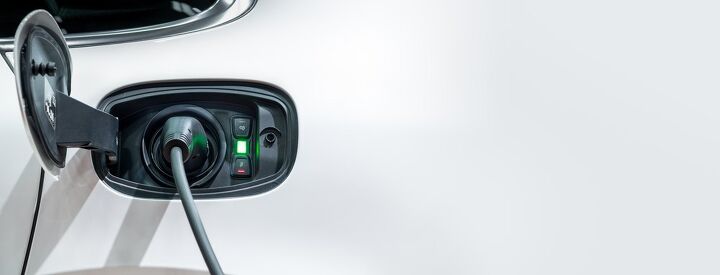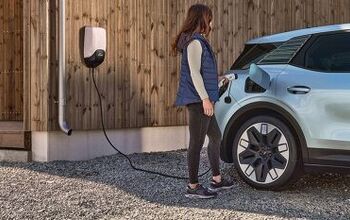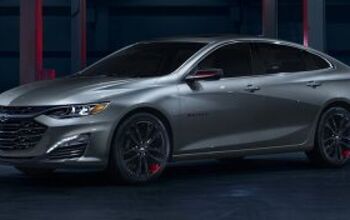EV Resurgence: Is 2024 the Turning Point for Electric Cars?
The electric vehicle (EV) market is experiencing a significant growth in 2024, with expectations for sales of passenger EVs to climb by 21 percent in 2024, reaching 16.7 million units. This growth includes both battery-electric vehicles and plug-in hybrids, with the former expected to account for 70 percent of these sales. This trend reflects a steady rise in the EV sector, despite various external factors and policy changes affecting the market.
Diverse Market DynamicsChina's Dominance
In China, EV sales are anticipated to hit nearly 10 million units, constituting almost 60 percent of the global market. However, the growth rate in China is decelerating, primarily due to market saturation in affluent regions and challenging economic conditions.
Stability in Europe
Europe is likely to witness a stable increase in EV sales, with projections of 3.4 million vehicles, marking an 8 percent rise from the previous year. This stability results from reduced subsidies and the influence of favorable company-car taxation schemes.
Uncertainty in the United States
The U.S. EV market is facing unpredictability with an expected 1.9 million EV sales. Factors such as political polarization and shifts in tax credits could influence this figure.
Growth in Emerging Economies
Countries like India, Thailand, and Indonesia are experiencing notable growth in EV sales, indicating that EVs are not limited to wealthier nations.
Surge in Commercial Electric Vehicles
The commercial EV sector is seeing significant growth, with sales expected to double to 1 million in 2024, up from 500,000 in 2023. This segment plays a vital role, considering the substantial contribution of commercial vehicles to fuel consumption and emissions.
Technological and Infrastructure Progress
Key drivers for EV market growth include advancements in battery technology, declining costs, and the expansion of public charging infrastructure, now boasting 4 million points globally. These developments are crucial for the continued expansion of the EV market, especially with the introduction of more affordable models in Western markets.
Reflection on Past Forecasts
Looking back at previous predictions, there has been a notable accuracy in aspects such as sales figures, market leaders, and infrastructure growth. One significant confirmation is BYD surpassing Tesla as the top producer of battery-electric vehicles.
Market Leadership and Prospects
The competition for EV market leadership is primarily between Tesla and BYD, with both expected to maintain their significant leads over competitors like Volkswagen.
This article was co-written using AI and was then heavily edited and optimized by our editorial team.
More by TTAC Staff
Latest Car Reviews
Read moreLatest Product Reviews
Read moreRecent Comments
- ChristianWimmer One of my clients is a company that is actually producing eFuels in Leipzig. Yes, they require a lot of energy to produce but this would not be an issue if Germany had nuclear energy or used the excess energy from wind and solar to produce these fuels. In such a scenario the energy losses wouldn’t really matter.Also, I am told that nations like Spain or the North African nations like Morocco or Tunisia could be ideal places to produce eFuels/Hydrogen due to their abundance of solar power. Again, the energy loses here would not matter since the energy used to produce these fuels is essentially “free”. If this path were pursued, Morocco and Tunisia could become wealthy nations and exporters of eFuels and Hydrogen. Countries with an abundance of solar or wind or hydro energy could be producing eFuels for their domestic consumption and export.Another argument which to me is irrelevant these days ist the poor thermal efficiency of ICE engines (25-35% gasoline, 40-45% diesel). One long trips with cruise control set to 130 km/h and even the occasional venture into the 180-200 km/h zone, my fully loaded (with my gear) A250 (2.0 4-cylinder 224-hp Turbo) can achieve an impressive gas mileage of 6 L / 100 km. That’s phenomenal - I am looking at six 1 liter bottles of water right now and that’s all my car needs to travel 100 km… amazing.So, I am a supporter of eFuels. I love internal combustion engines and if we want to use them in a climate neural way, then eFuels are a must. Also, to me every ICE car is way more sustainable and longer-lasting an an EV. Mazda, Toyota etc. are making the right move IMO.
- Blueice Once you infuse governmental unit regulation & [marketing] and taxpayerfunding, one knows quite well, dat the product or service isdestine to fail; which includes battery vehicles. Just axe yourself how revolutionary have your home batterydevices become ??? I am still waiting. after three decades, for a battery shaver whichonly requires charging two or three times per year.I am glad that I do not have a plug in Frau.
- Tassos Such a heavy breadvan on stilts, with so much HP, AND with ONLY 100 KWH Battery, I doubt if you will ever see 250 miles, let alone 300, under the best of conditions. In the winter, count on 150 miles range.And NO, it looks TERRIBLE. The only SUV that looks great is the RANGE ROVER.
- Tassos They sure are doing the right thing in the SHORT and MEDIUM term.As for the long term, in the long run, YOU'LL ALL BE DEAD, so WHO CARES.
- Tassos I wrote recommending a 20 year old CAMRY, beat up too. So the teen will not be too upset if it gets a few more dings.Somehow I cannot find my post, though.


































Comments
Join the conversation